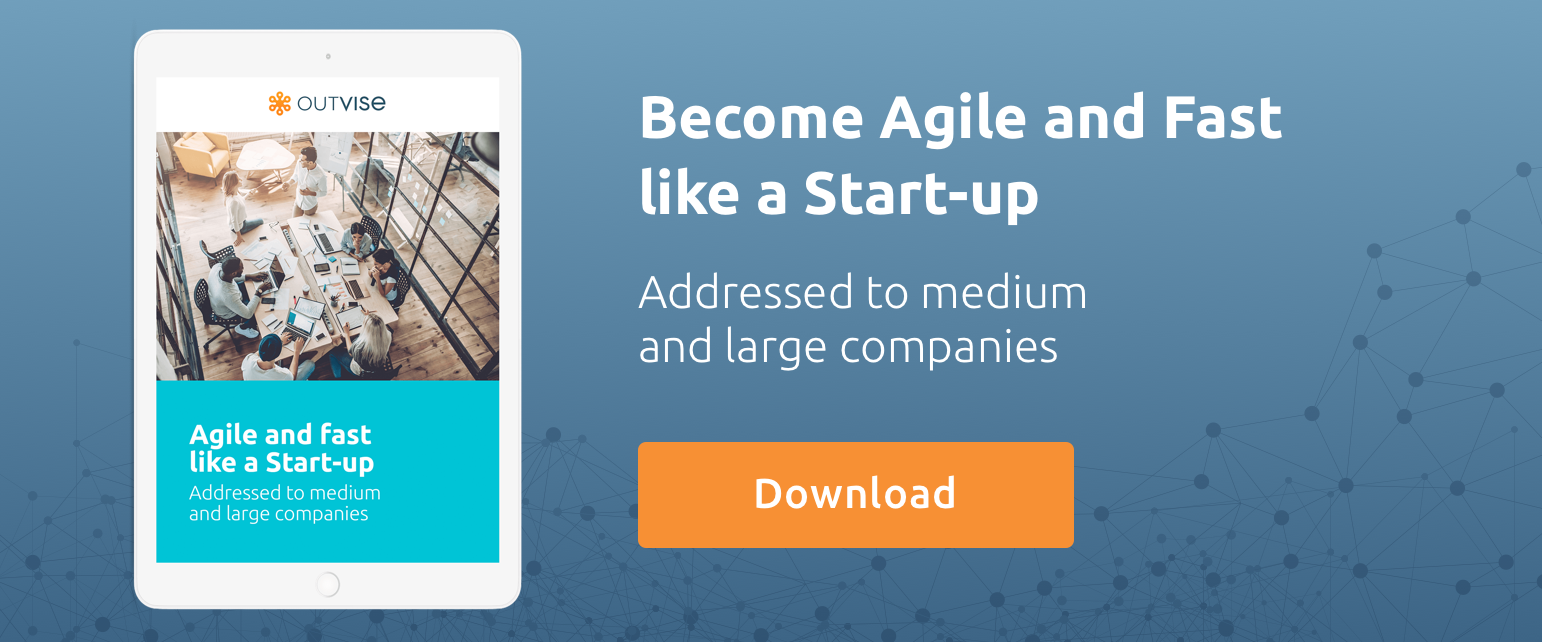Digital technology has been a powerful force of change in every sector; just look at how Uber reshaped the global transportation industry in less than a decade. Today, this change is only accelerating, and although markets transform rapidly, it can take organisations far longer to adapt. To stay relevant, organisations need to develop new approaches to operations. Talent plays a central role in this transformation, and as such, a key aspect of effective digital transformation is people management and HR. To better execute change management programs, organisations need to transform the way they source talent and empower their staff. In this article, we explore this fundamental connection between talent and transformation.
Table of Contents
The changing HR dilemma
Today, HR is about much more than the value vs. cost of an existing or prospective employee. Instead, the digital era demands that HR focuses on changing organisational needs and the digital literacy of the talent pool. For instance, multi-generational workforces that will soon include fully-fledged digital citizens, signalling the rise of a new breed of highly skilled employees. To keep step with technological advancements, companies need to integrate fresh talent to support existing employees and leadership in driving digital transformation.
As such, HR and people management will play a more important role than ever before. To implement a new people management strategy effectively, businesses ought to divide the project into three key phases: re-structuring, embracing talent development, and empowering staff.
Priming an organisation for digital transformation
Before initiating a digital transformation project, leadership need to identify what this means for their organisation. They need to ask how digital transformation will bolster their position in the market; what they need to develop new products or services; and how they can support continuous innovation. This will deeply impact the shape the project takes and outline how HR will support these goals. Once these aims are defined, HR needs to link these targets to talent. They’ll need to determine roles based on new skills, capabilities and workloads, and from here, outline how these teams will be managed. From here, they can assess the skills gap and identify creative, economical ways to plug it.
Talent acquisition, development and retention
The talent plan developed in stage one will enable HR to outline how to fill the gap between current and future digital capabilities. However, this people management strategy isn’t only associated with new hires; the organisation must also plan how to develop digital skills and retain talent. The key stages of skills development and talent retention are as follows:
- Acquisition: The organisation must cultivate a reputation as a good workplace with opportunities for future development. The best digital talent is in short supply, so companies need to promote themselves to potential hires.
- Development: Companies should invest in creating a generative learning environment. Through this strategy, they can ensure new hires participate in upskilling existing employees.
- Retention: These employee engagement initiatives will help to retain staff. By making the workplace appealing in the long term, the organisation can ensure they remain competitive. However, this often means making compromises in terms of management; for instance, the most skilled talent may ask for more flexible working environments. That said, with digital tools, this mobility shouldn’t present a problem.
Empowering digital talent in people management
Digital transformation is driven by digital talent. By empowering those with developed digital skills, organisations can stay ahead of the competition. Digital talent should be encouraged to engage with key stakeholders and included in the decision-making, design and delivery of digital projects. Approaches to people management play an essential role in this objective; by initiating training programmes that nurture leadership skills and empower staff, the path to digital transformation is expedited. For instance, the workplace should nurture adaptability, collaboration and tolerance. By encouraging flexibility, knowledge sharing, and resilience to change, companies can ensure innovation persists.
People management: A key pillar of digital transformation
Digital transformation should be a priority for every organisation. How this process is managed will affect which players succeed and which do not; thus, every department has a role to play. People management and HR functions have a particularly vital part to play, as they are essential to attracting, developing and retaining the talent that makes digital transformation meaningful and long-term. This approach has to be agile and scalable, ensuring that business challenges are met as and when they emerge. Through hiring and nurturing the right people, organisations can transform strategies into competencies that are constantly evolving with market demands and business challenges.
Alex Collart, CFO & Co-founder at Outvise. Serial entrepreneur and management consultant, with a focus on strategy and marketing. Has co-founded and exited several companies. Former McKinsey&Co associate. Industrial Engineer + MBA (IESE/Kellogg).






No comments yet
There are no comments on this post yet.